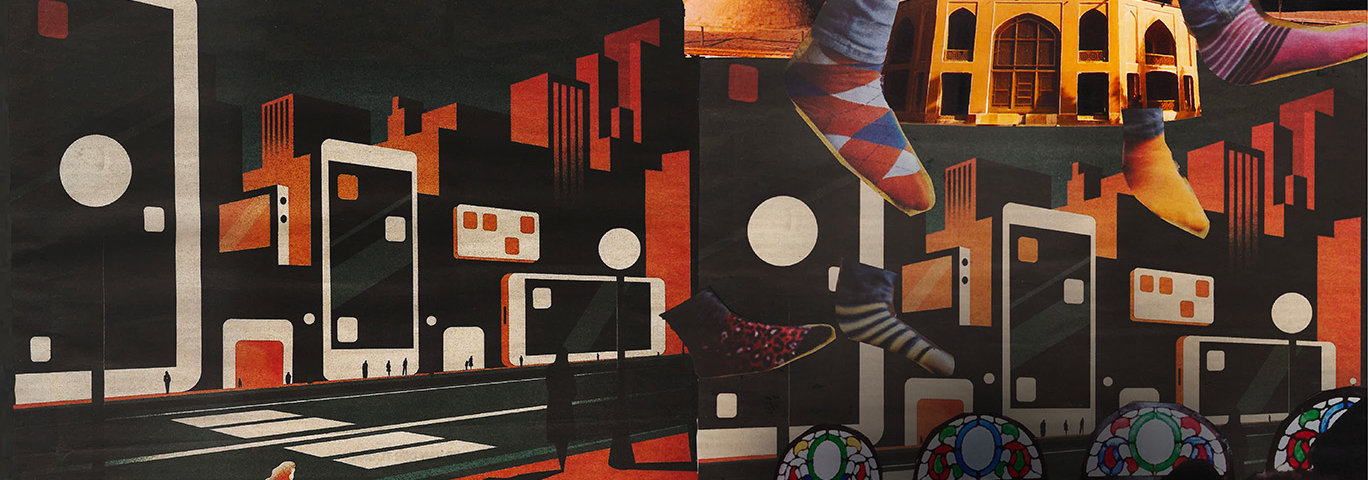Artificial intelligence can lend a hand in heritage conservation. It can analyse the opinions of the public and those of scholars, and determine whether these are reflected in policy documents. In her doctoral research, Mahda Foroughi developed a methodology for doing so. “It is a valuable tool for achieving inclusive heritage planning and can also come in handy in the context of the future “Omgevingswet” – the Environment Act,” she says.
As a heritage expert, Foroughi knows that public participation is a time-consuming process if done through surveys or polls. There has to be a smarter way to do that, she thought. “People express their opinions on a wide range of topics through social media, including their thoughts on the built environment,” she says. “So I started looking at buildings and structures that people comment on. In addition, I researched what they like or dislike about them.” A simple “like” is not enough for her research; it involves more extensive reactions.
From these, it is possible to determine, for example, whether tourists, visitors and local residents appreciate a heritage site such as Kinderdijk for its beauty or for its historical value. She linked her findings to the opinions of heritage experts in scientific studies. To do so, she studied a large number of peer-reviewed articles from a specialized database. Her AI model then helped to explore the extent to which these stakeholder opinions are reflected in policy documents.
What conclusions did it yield? First, that lay and expert opinions do not necessarily conflict. A major advantage of the methodology is that policy decisions on heritage conservation, refurbishment or transformation are given a broader basis.
Such an AI model can be a powerful tool for the policy advisors who will have to guide this future heritage policy.
Mahda Foroughi
Wind catchers
Foroughi tested the working of the developed methodology in a case study in the historic Iranian city of Yazd. In particular, she focused on the wind catchers commonly used in this desert city. For many hundreds of years, these traditional elements have reinforced natural ventilation in buildings. This is often done in conjunction with a pond at the base of the wind tower. Air passing through it is cooled and humidified.
Heritage experts greatly appreciate this sustainable, passive ventilation technique. Partly because of it, Yazd made it to the UNESCO World Heritage List. Don't today's residents prefer modern ventilation techniques to the historic method? “My research shows that residents particularly appreciate the wind catchers,” says Foroughi. “Not because they are better to use, but because they define the identity of the historic city.”
Classifications
The AI model she developed succeeded in distinguishing between the motivations of different stakeholders. The model first independently identifies who is discussing heritage. Then it looks for the values and attributes expressed in the texts analyzed. It additionally distinguishes between classifications, such as age, social significance and scientific value. To do so, the AI model uses BERT Embedding, which converts word meanings into vectors. It then compares and groups the vectors.
Foroughi is still working on refining the model to include subclasses. But her model can already simplify dealing with heritage and urban planning. “It is a valuable tool for achieving inclusive heritage planning and can also come in handy in the context of the future Dutch “Omgevingswet” – the Environment Act,” she says. “According to this act public participation becomes mandatory in many urban and heritage development projects in the Netherlands. Such an AI model can be a powerful tool for the policy advisors who will have to guide this future policy.”
Published: October 2023
More information
On 31 October, Mahda Foroughi defends her PhD thesis 'Heritage beyond singular narratives: embracing diversity in participatory heritage planning empowered by artificial intelligence’.
